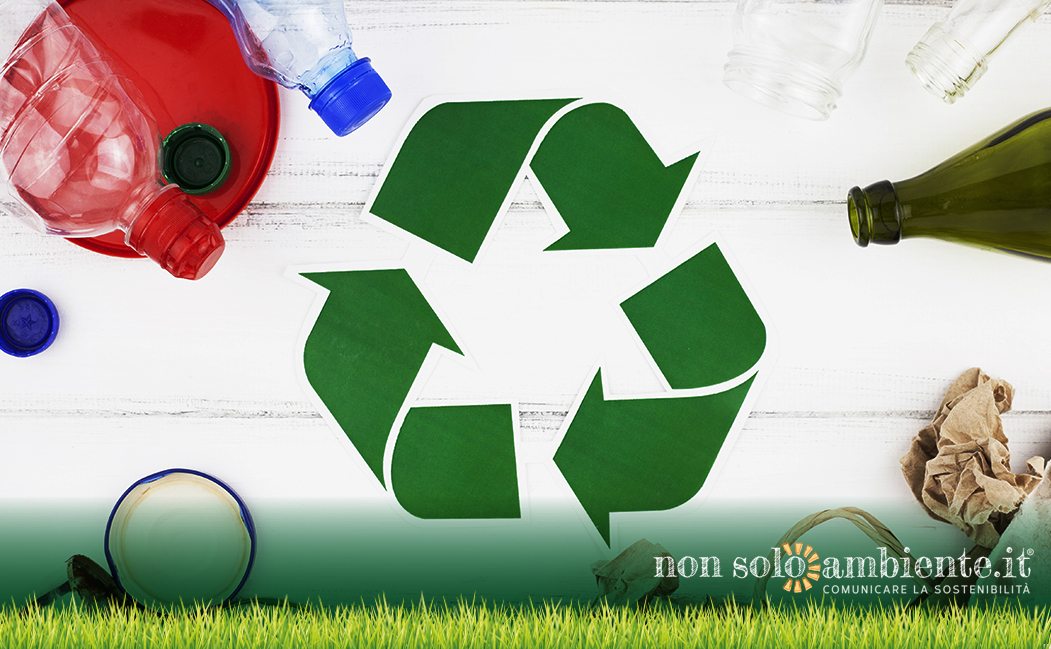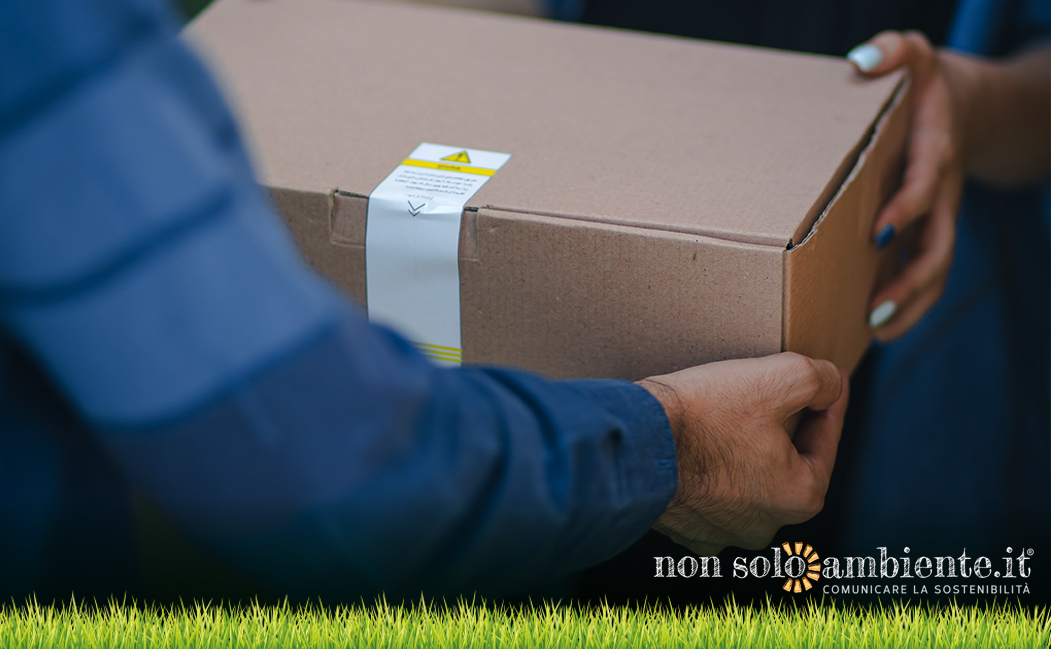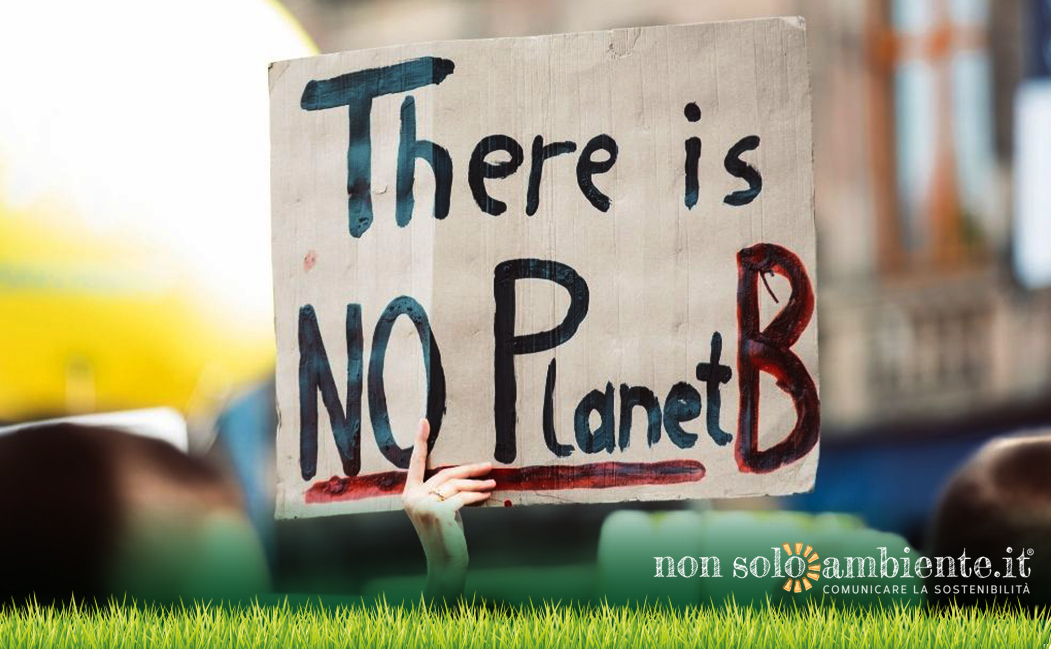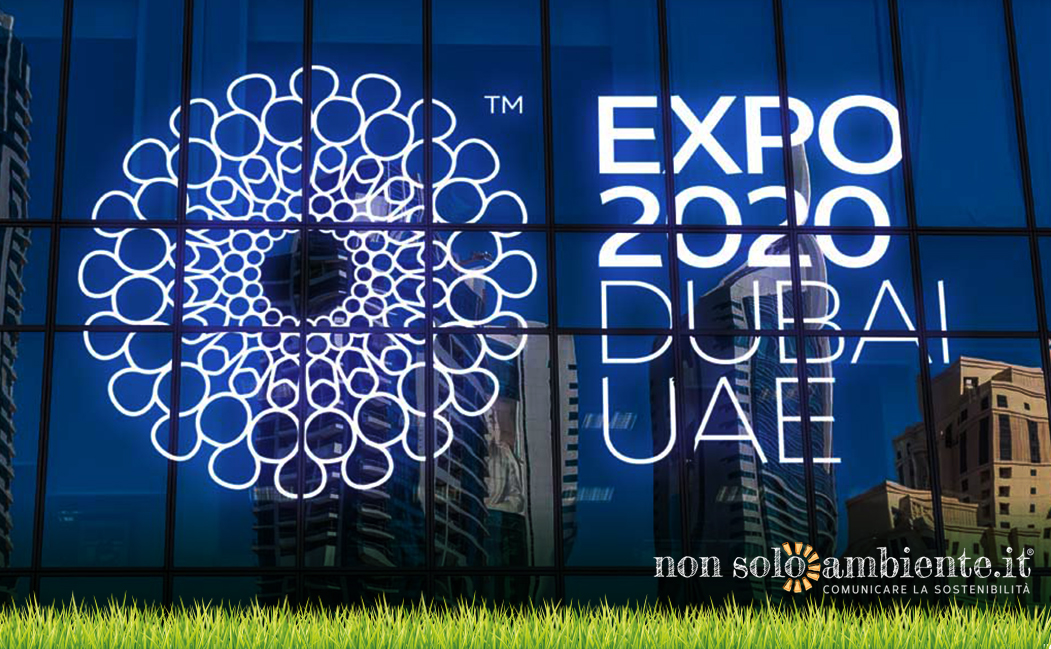
Ultime Notizie

The Cradle to Cradle approach is considered the circular economy's cornerstone, which allows the products transformation process by reducing waste.
The "Cradle-to-Cradle" approach founders are architect Michael Braungart and chemist William McDonough, who in 2002 published the book "Cradle to Cradle: Remaking the Way We Make Things". The cradle-to-cradle approach's philosophy is based on three elements:
- Everything is a resource for something else: in nature, waste from one system becomes food for another. Anything can be dismantled to come back to nature in the form of nutrients, or it can be reused as a raw material for new outcomes.
- Clean and renewable energy: sun energy provides life to creatures. In the same way, products can be made through different renewable energies, to protect the environment.
- Celebrating diversity: All over the world, geology, hydrology, photosynthesis and the nutrient cycle adapted to the place and produce a great diversity in life.
The Cradle-to-Cradle approach disagrees with the conventional disposable approach, the Cradle to Grave, which is no longer sustainable in view of Europe's 2030 development goals. Indeed, most of the greenhouse gas emissions are provided by fossil fuels. To comply with the Paris Agreement, therefore, a radical change in production models is necessary.
In 2015 and 2020, the European Commission adopted the Circular Economy Action Plans. The plan established new measures for the whole product life cycle: from the design to waste management. Since 2010, this approach has become a certification - in the USA mainly- to help manufacturers with recycling, carbon and water management and social responsibility rules.
This certification is getting popular in Europe too, especially in the fashion and construction sectors. The construction and demolition sectors, in particular, are the most polluting ones: according to a UN report, the construction sector is responsible for 39% of total carbon dioxide emissions worldwide - 11% of which comes from steel, cement and glass production.
Tags:
Potrebbero interessarti ...
Snam’s commitment to sustainability at Dubai Expo 2020
13 Ottobre 2021No more chocolate by 2050 because of extreme droughts effects
22 Settembre 2021How much CO₂ do urban forests absorb?
15 Settembre 2021Iscriviti alla nostra Newsletter!
Sei un sostenitore dell'ambiente in tutte le sue forme? Allora sei nel posto giusto!
Iscriviti subito!




